THE REDEVELOPMENT OF FARMING SPACES INTO BIO BASED CENTERS
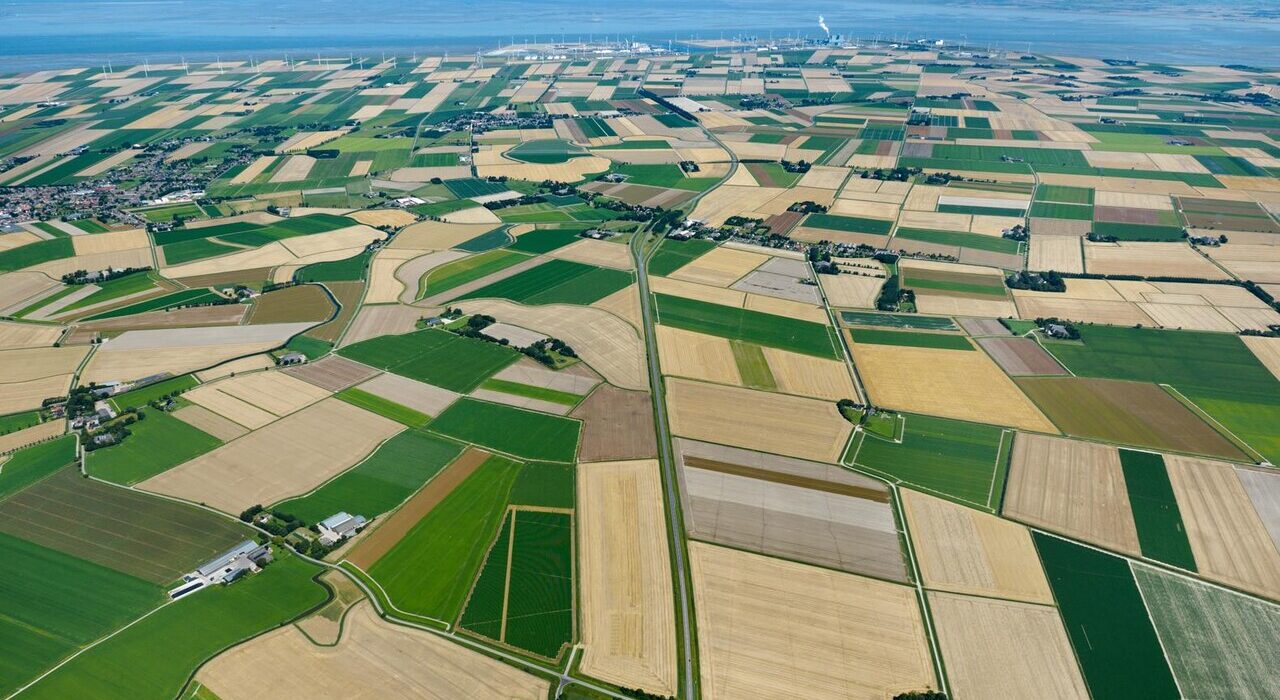

Waking up to the sound of sheep, chickens, the smell of fresh grass and the occasional cow turd breeze. This has been a daily occurrence for the average Dutch farmer for generations. Now imagine this being taken away with no sustainable replacement for future farming. The redevelopment of farms is a subject close to the heart of Dutch culture.
These farming spaces represent more than just places of business they have deep roots clinging to tradition, history and hard work that resonates deeply with those who have grown up in their midst. As someone who has experienced firsthand the profound significance of these agricultural spaces with growing up on land that has been in the family for generation. A farm that was rebuilt after the 2nd world war by my great grandfather and where my grandpa and father both grew up, built their future and where me and my sister found our passions for creativity and farming. My drive to transform these forgotten farming spaces is an exploration through passion and sensitivity surrounding the subject.
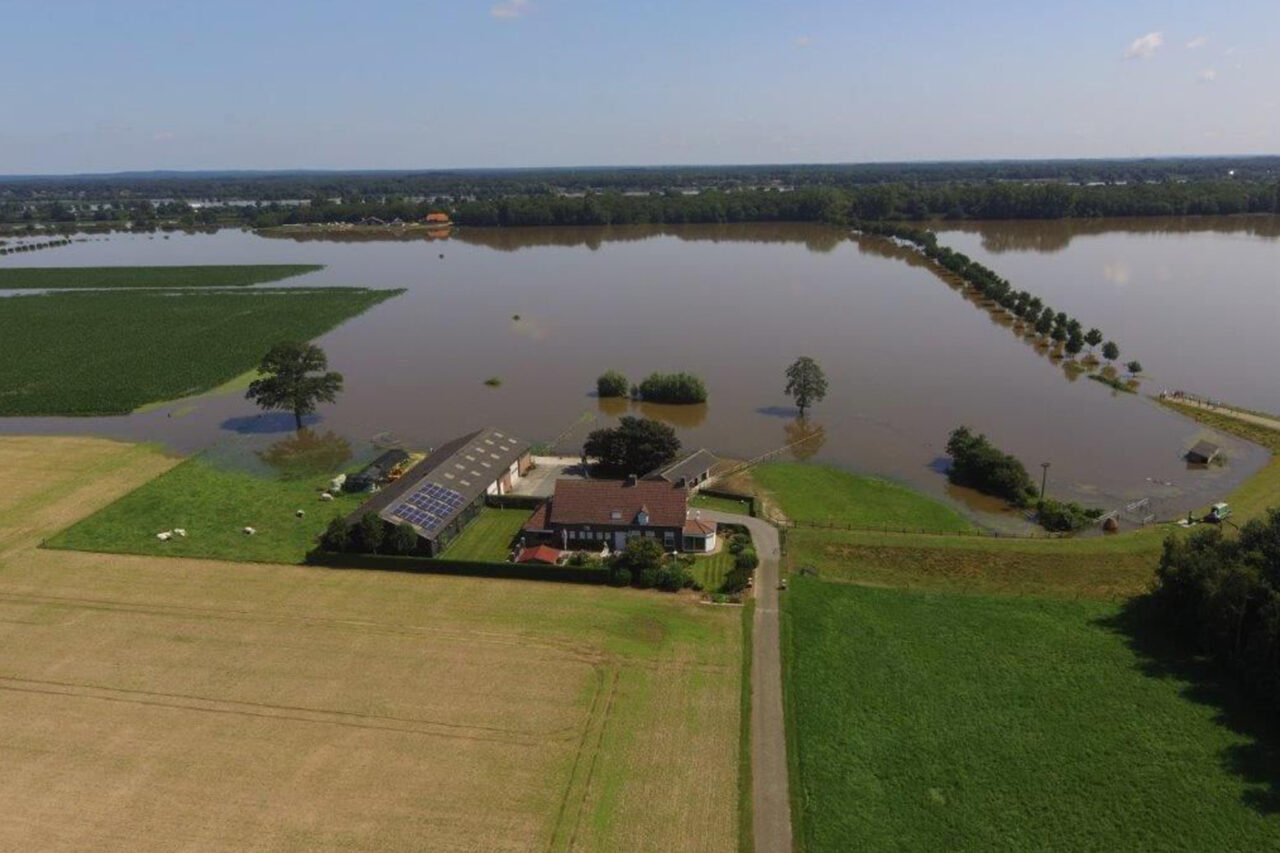
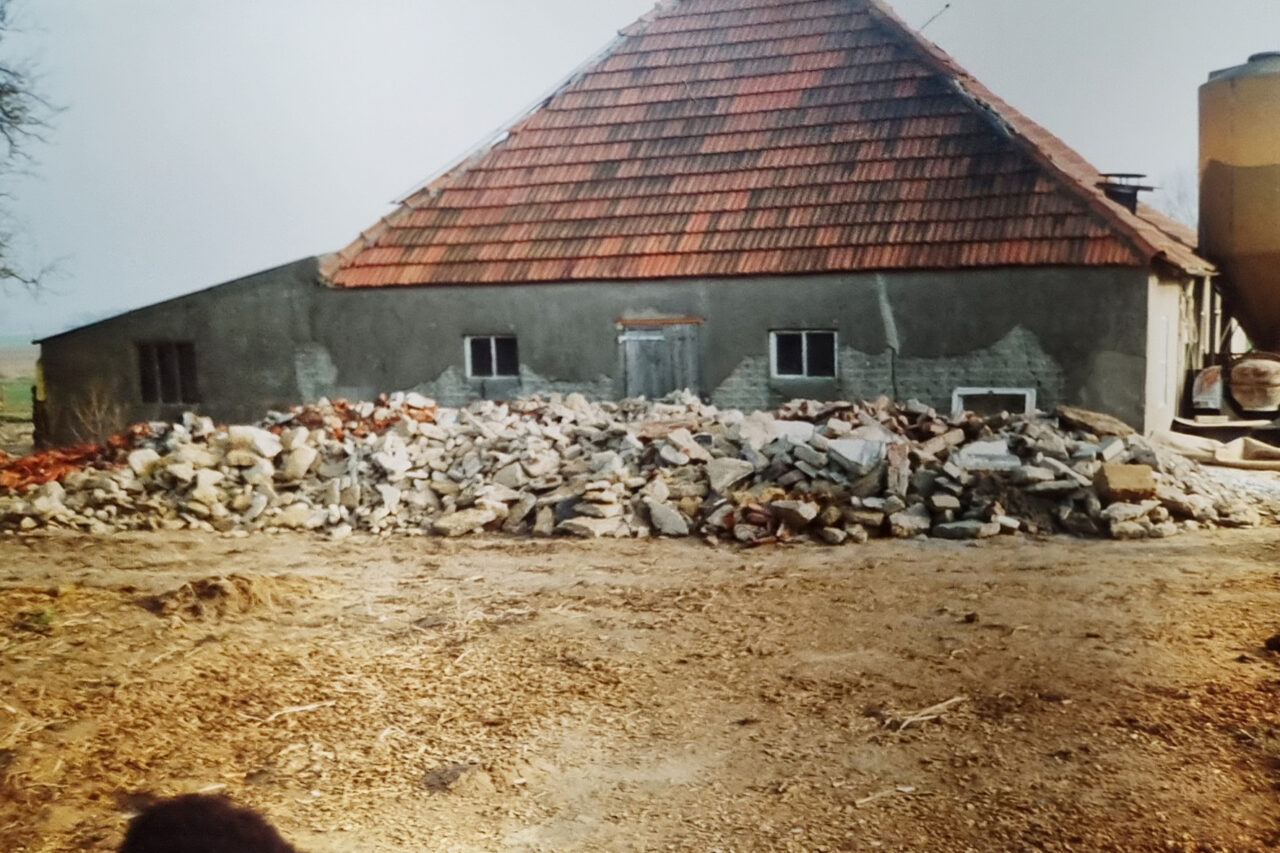
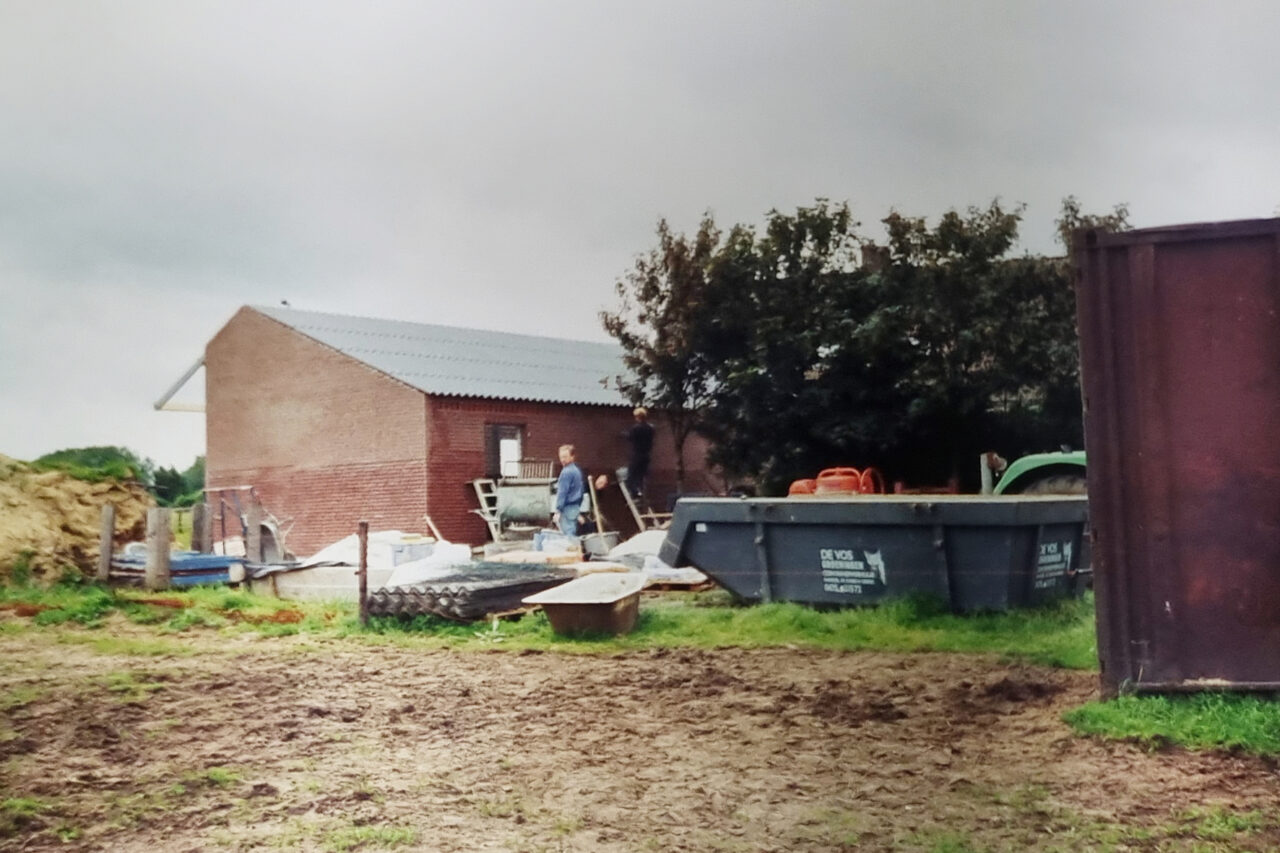
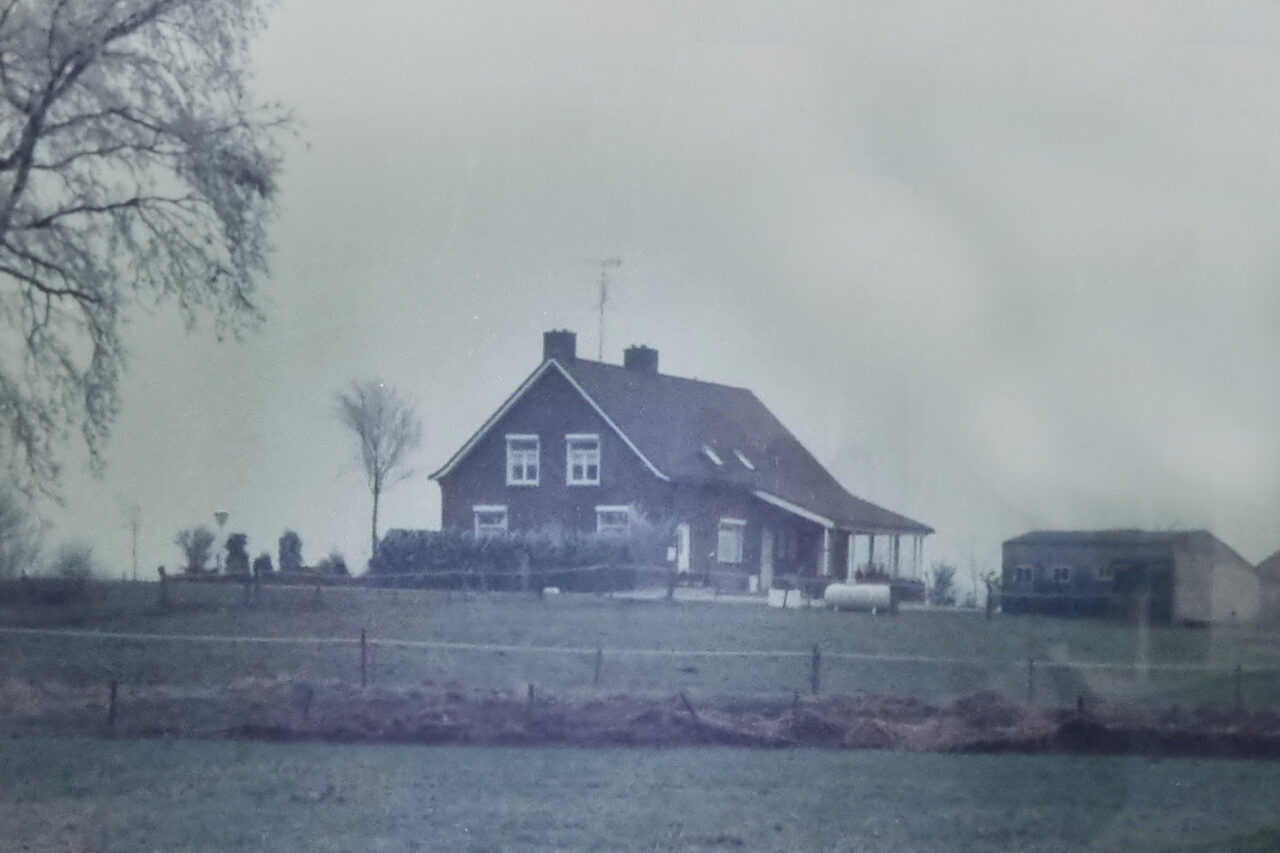

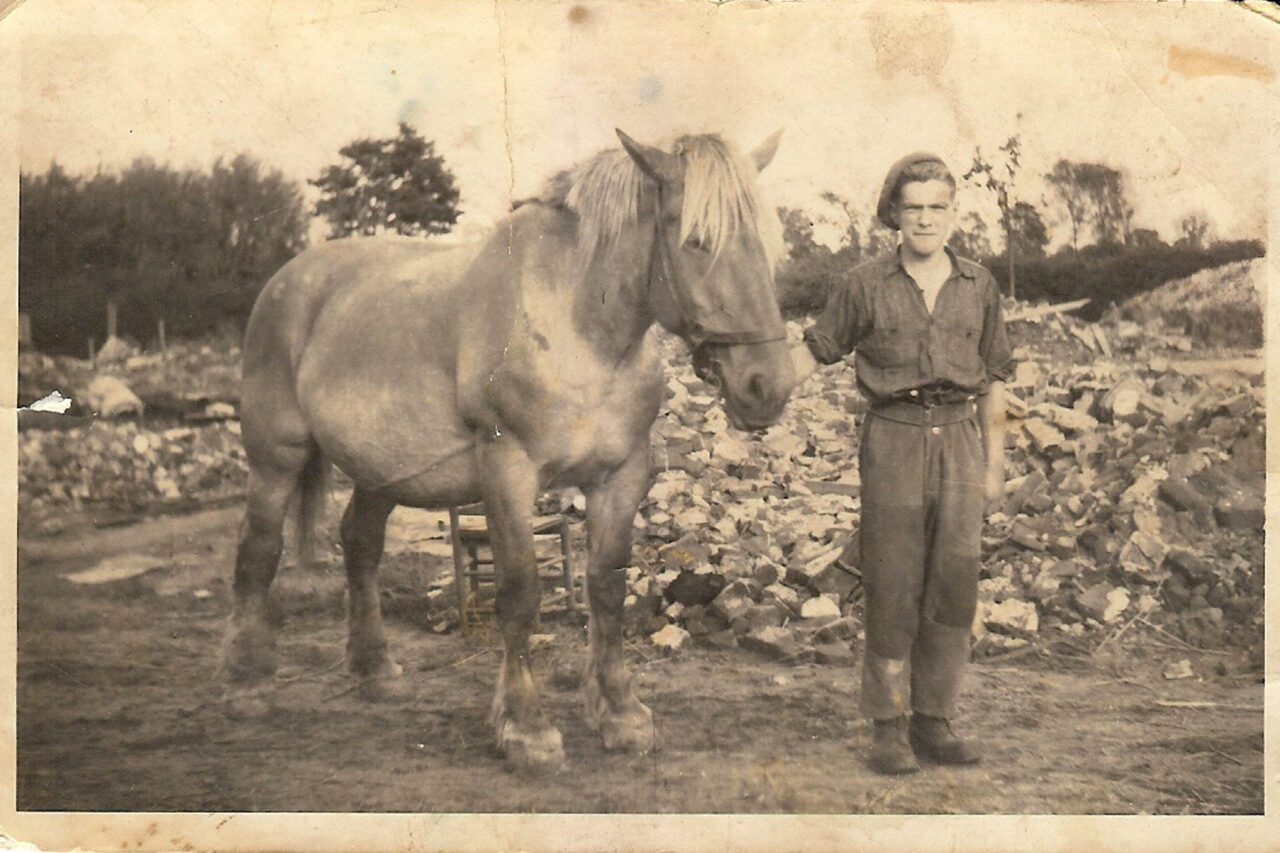
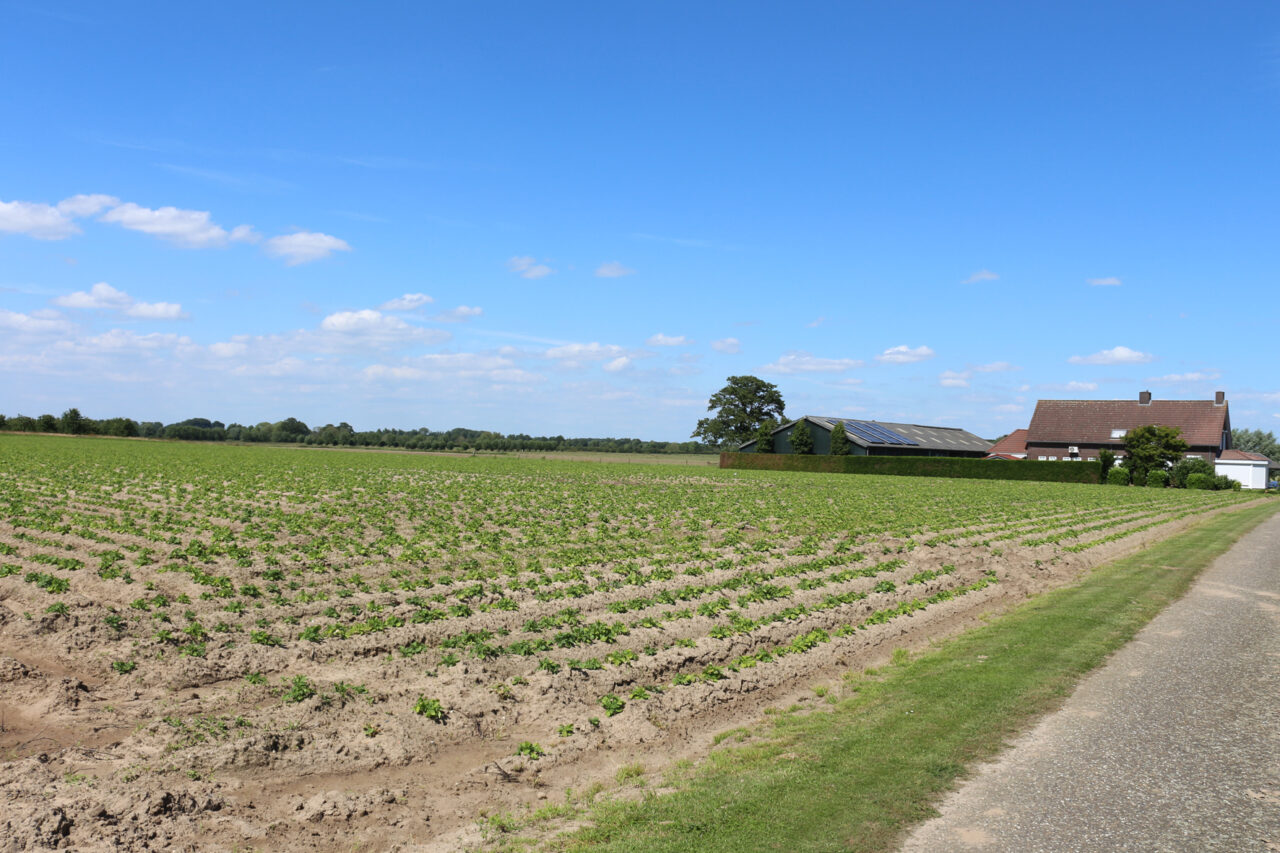

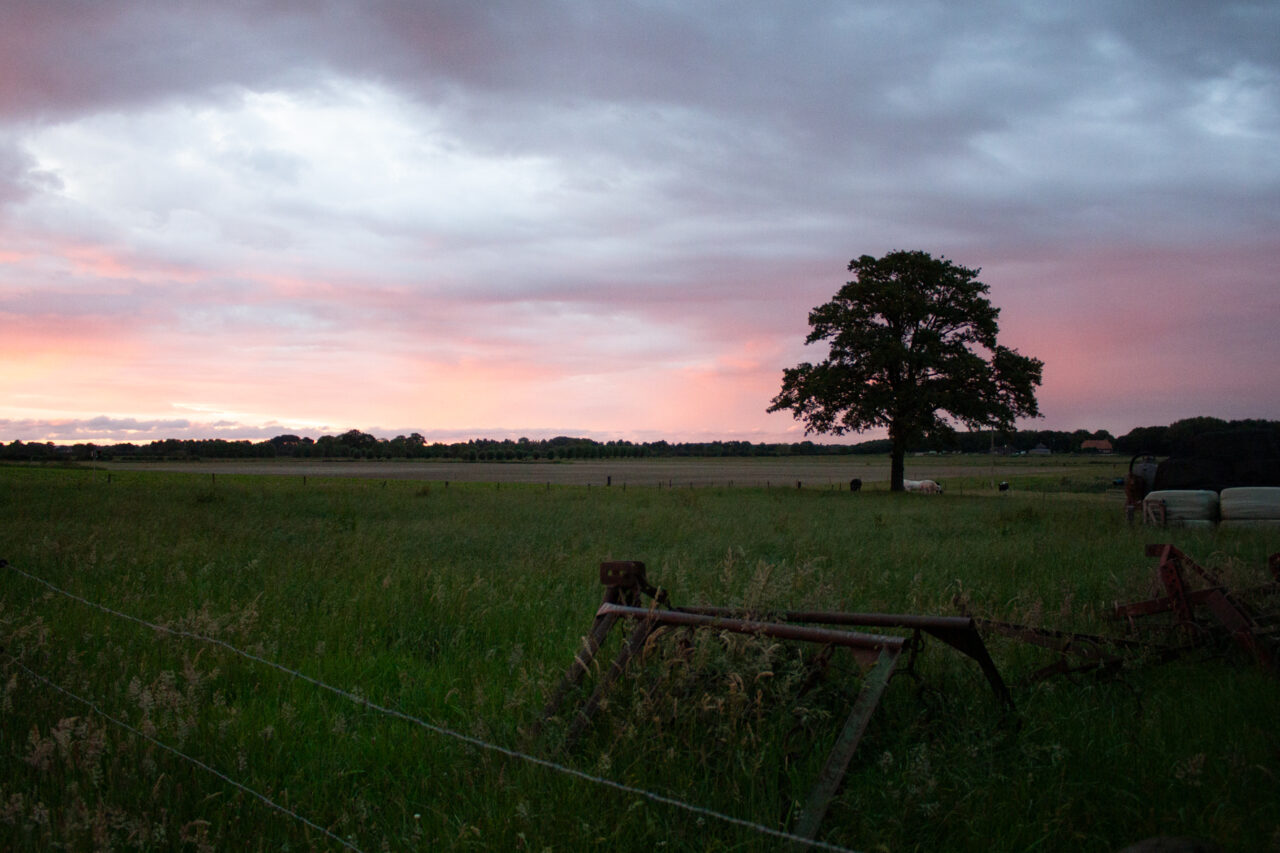
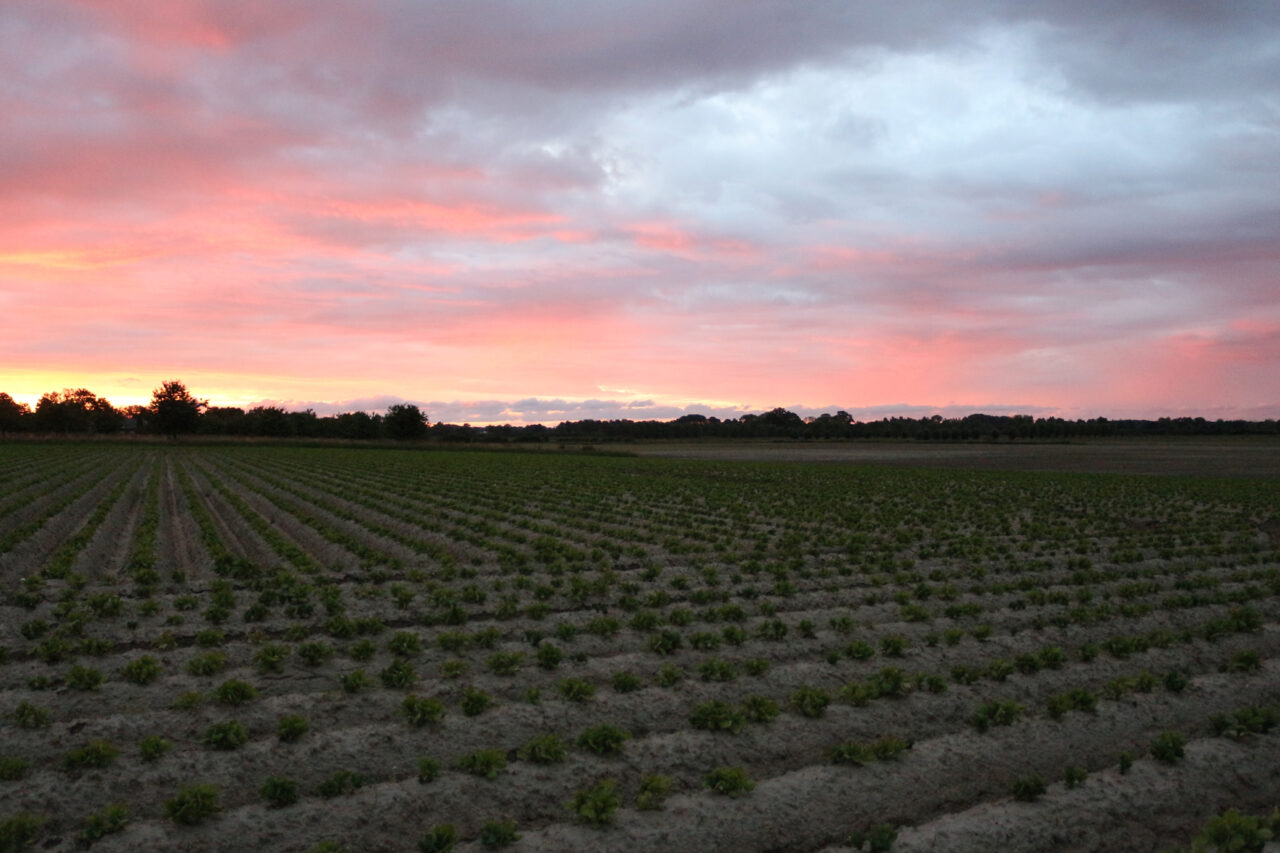
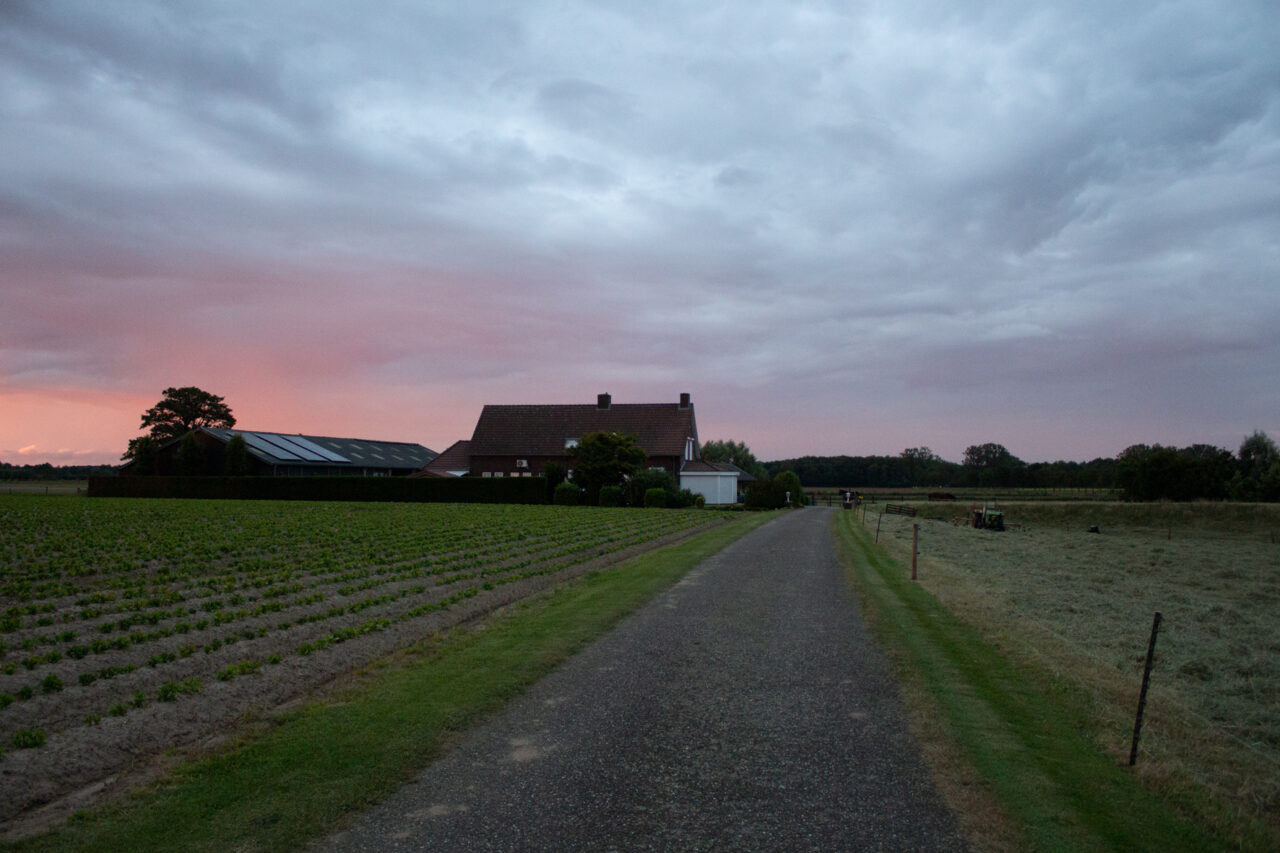
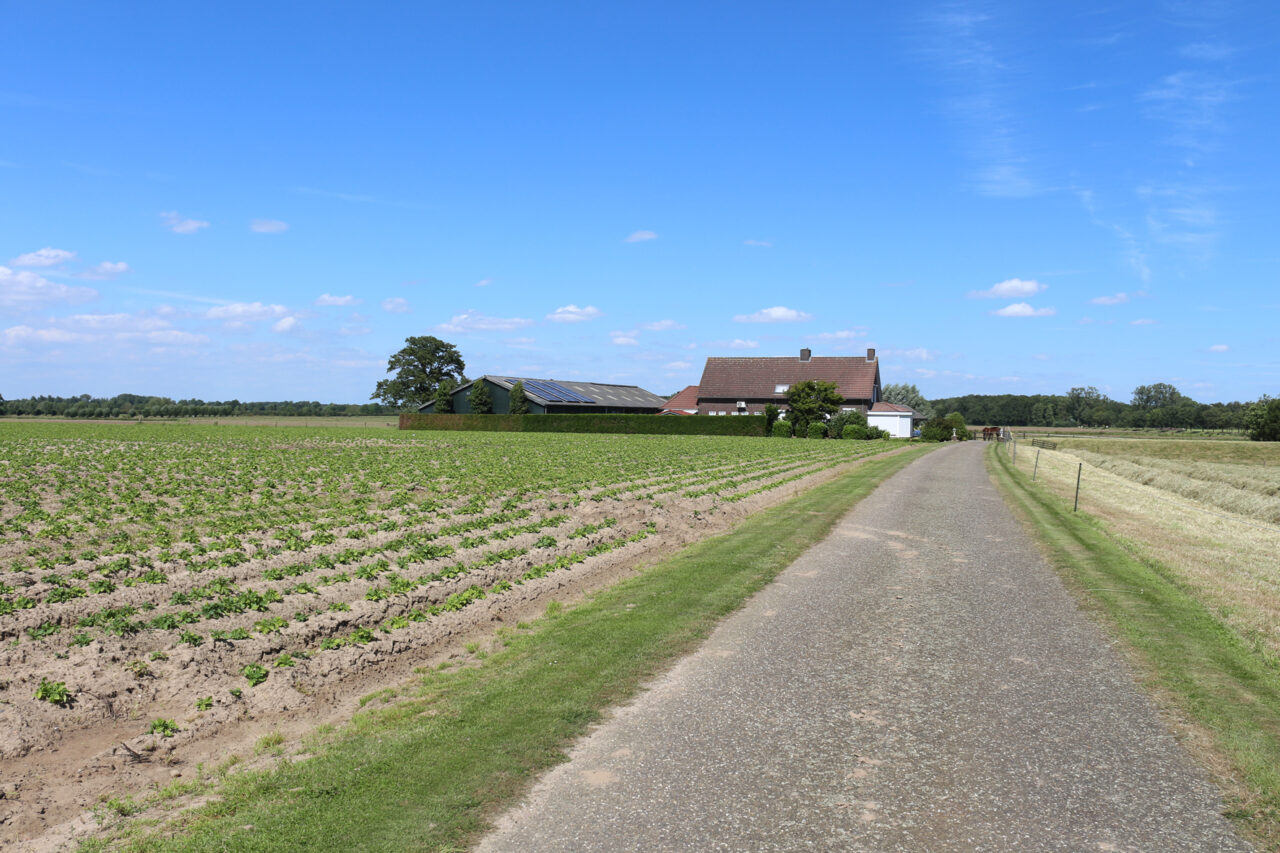
From unpredictable weather patterns to fluctuating market prices, farmers navigate a job filled with uncertainty. Yet, amidst these challenges all of the farmers I have spoken to seem to have the same thing in common, great resilience, adapting to changing circumstances and most importantly a great passion and love for what they do.
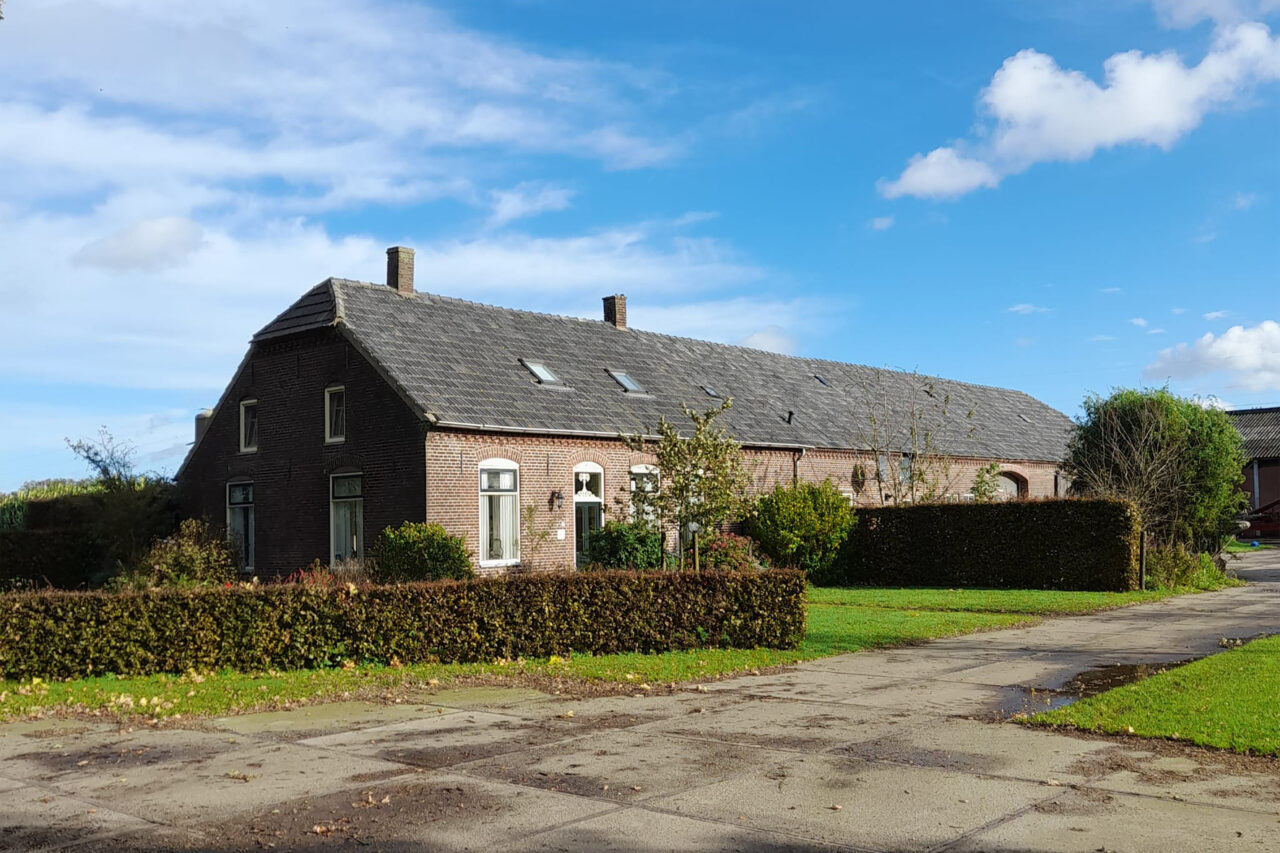

“looking at old pictures of his vibrant place of farming now a mountain of debris made me realize the desperation there must have been to give up your home like that, he agreed that was the hardest part.”

While some may be in favor of demolition and redevelopment, I believe this approach would overlook the architectural value these farms hold. From childhood memories to the preservation of Dutch countryside, these spaces have woven themselves into our communities. By envisioning a design that honors both their past and future, I aim to provide a conceptual roadmap for sustainable farming and living in the Netherlands through making these farms bio based production centers.

Bio-based building and farming represent innovative approaches to sustainable living that use the power of natural materials and processes. In bio-based building, renewable resources are utilized as primary construction materials, reducing reliance on non-renewable resources like concrete and steel. These materials offer numerous ecological benefits, including carbon reduction, energy efficiency, and a smaller ecological footprint, but also carry’s health benefits like lowering blood pressure with improvement of indoor air quality by reducing the presence of chemicals commonly found in synthetic building materials. Each tiny house is designed highlighting the essence of renewability and using the strengths of their bio based material, not only though application but also by experimenting with size and shape. Combining this with showcasing how the material is produced on the farm and the making process these tiny houses can become an materialistic example for the future builder.
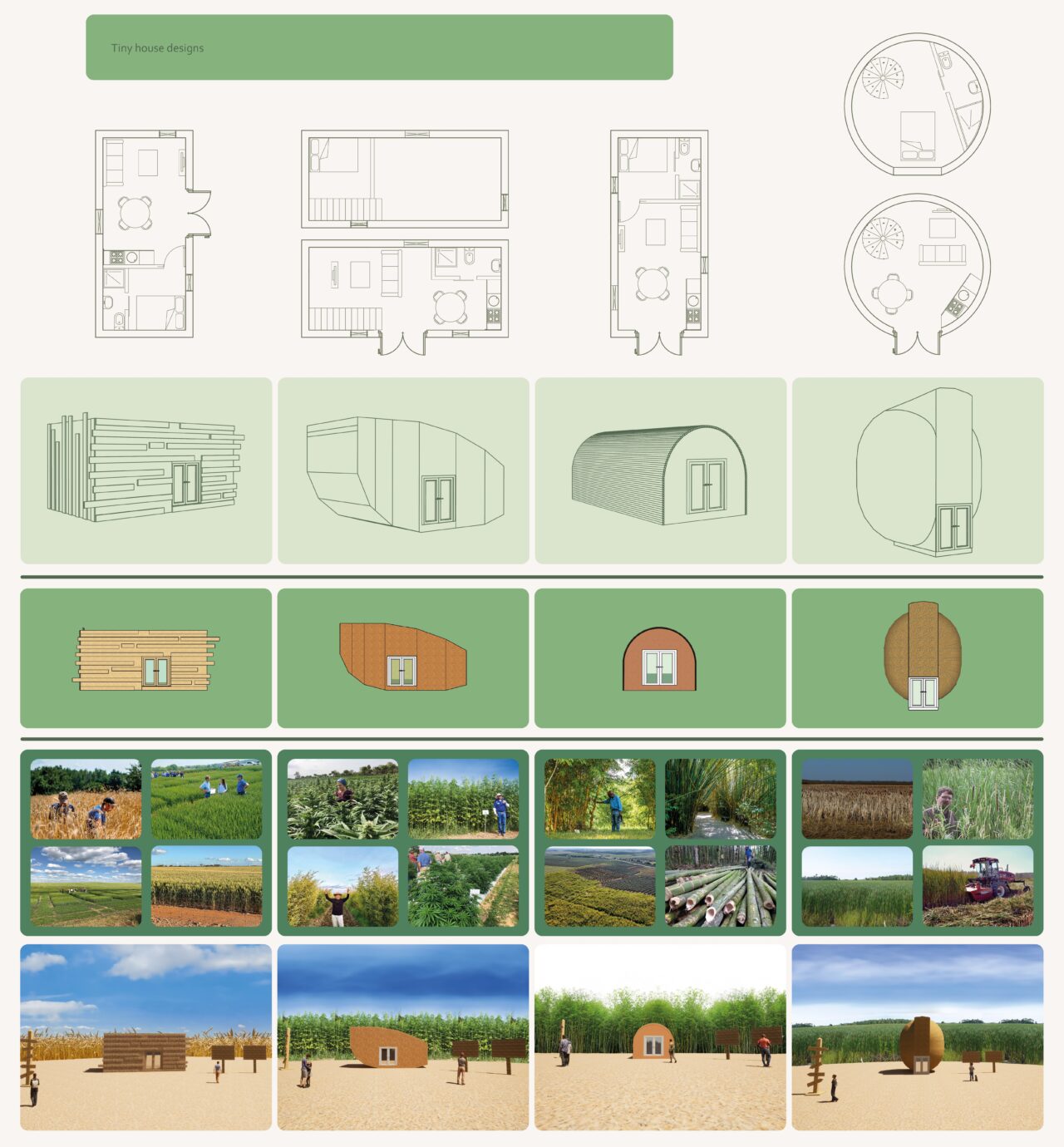
By honoring the past while embracing the future, I’m hoping to ensure that farming spaces continue to thrive as vibrant centers of production and cultural heritage for generations to come.
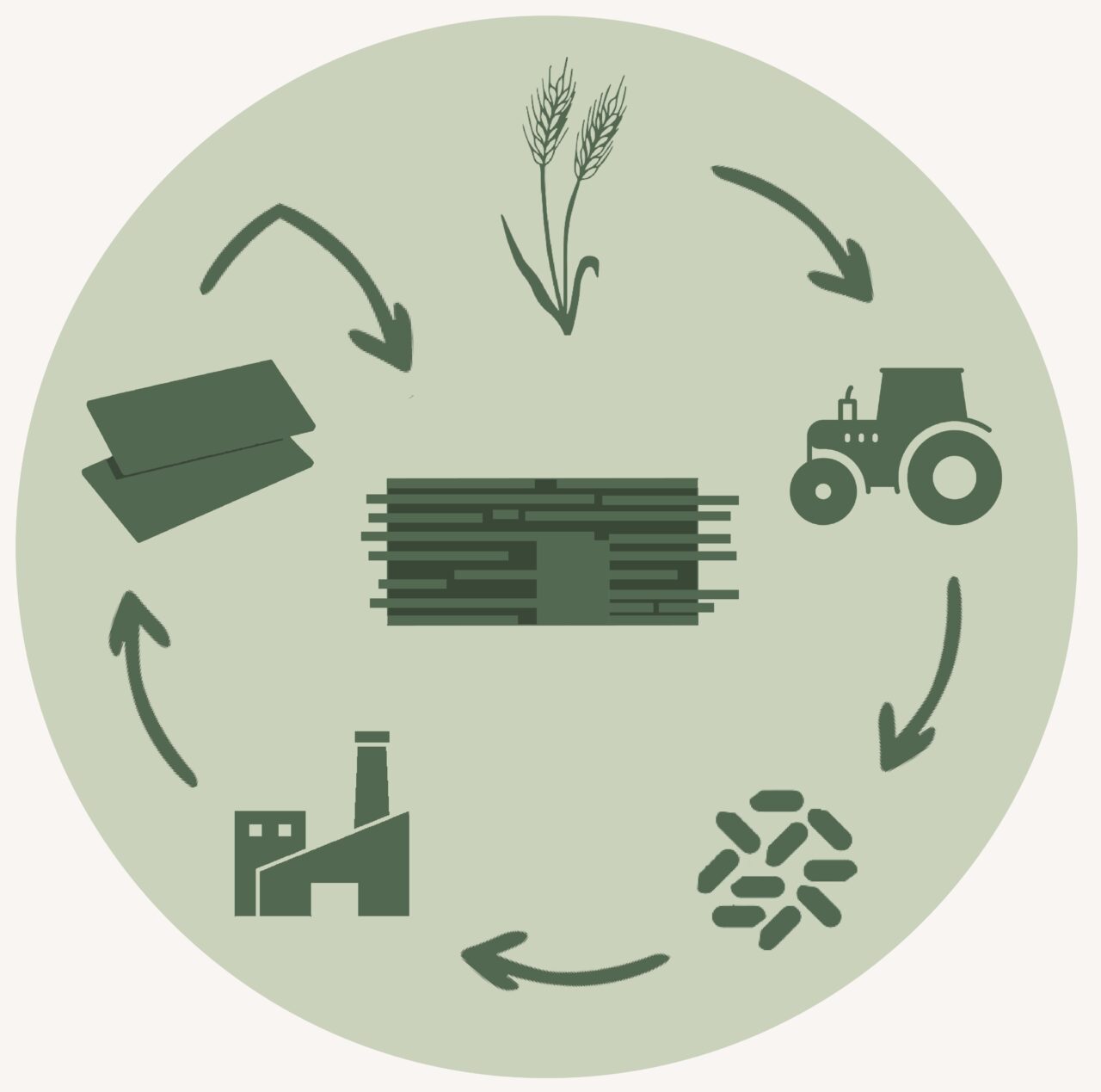
STRAW
Straw is an agricultural byproduct consisting of the dry stalks of wheat plants after the grain and chaff have been removed. it’s a versatile and sustainable building material known for its environmental benefits and availability. Spring wheat needs about 100-130 days to grow, while growing winter wheat takes about 180-250 days. Winter wheat growth time includes up to 90 days during the colder months when it goes dormant.
Application possibilities & efficiency:
Straw can be used as a load bearing material, panels, insulation and is usually supported by a clay or lime plaster finish. Straw bale walls have high insulation, contributing to energy efficiency by reducing indoor heating and cooling. They provide good sound insulation and are once properly compressed and plastered fire resistant.
Accessibility & sustainability:
Straw is very available as an agricultural product, making it veryaccessible and again a great product that is already largely produced in and by Dutch agriculture. Straw is a renewable product that is harvested annually and has low energy requirements.
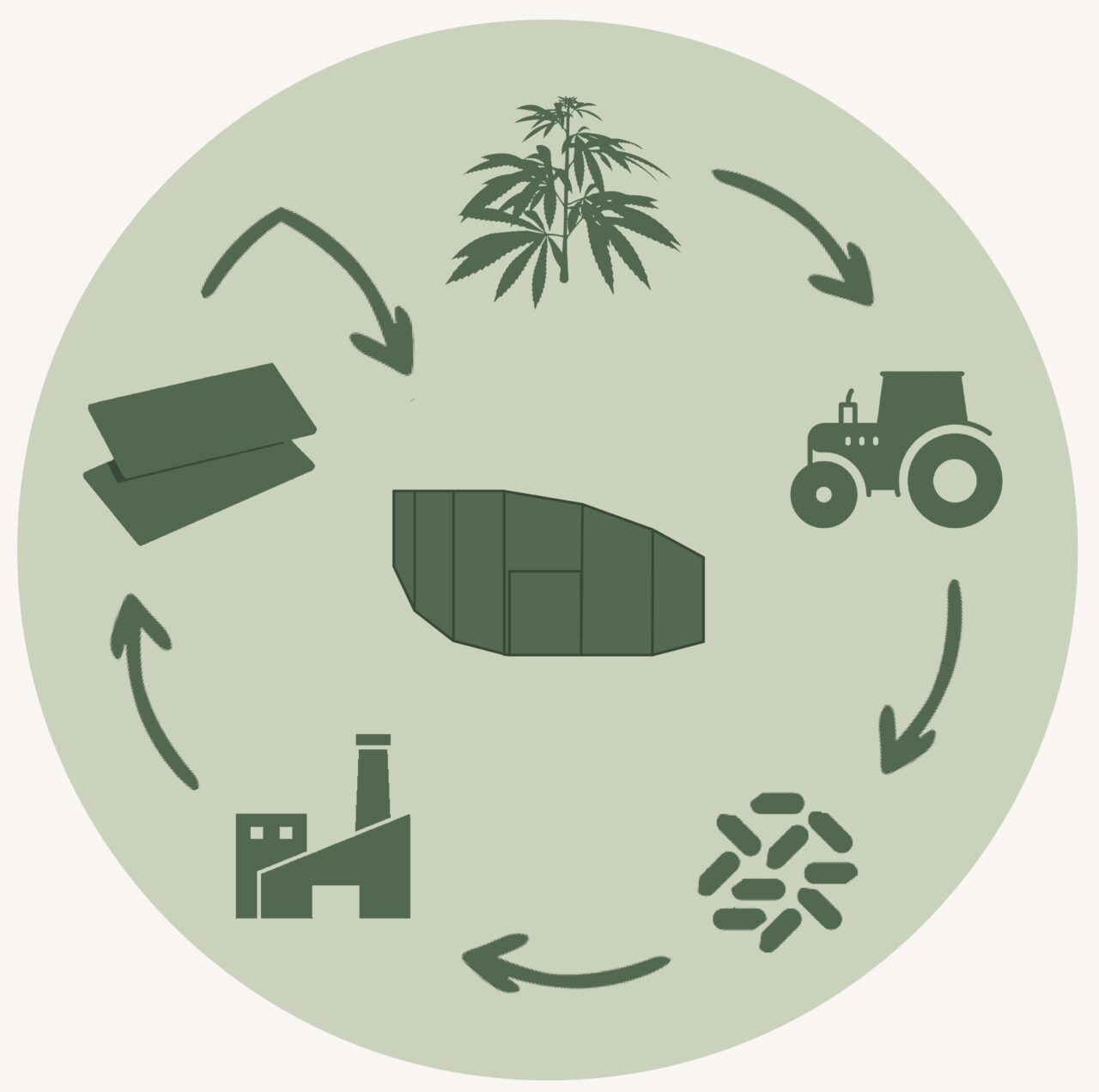
HEMP
Industrial hemp, can be used to make a wide range of products. Along with bamboo, hemp is among the fastest growing plants on Earth. It was also one of the first plants to be spun into usable fiber 50,000 years ago. Hemp plants will mature for fiber production in 60-90 days and for grain in 90-120 days. Hemp is naturally resistant against mold and bacteria and that means that during the farming process there is no necessity for insecticides.
Application possibilities & efficiency:
Hemp has many applications like hempcrete (a compositematerial made from hemp hurds), insultation through hemp fibers providing great thermal insulation, boards and panels for walls, roofing, flooring and even textiles. Hemp is resistant to many outside factors including fire, offering a durable and long-lasting building material.
Accessibility & sustainability:
Hemp can be grown in different climates and soil types making it an ideal candidate for bio based farming, hemp improvessoil strength and hemp cultivation absorbs CO2 from the atmosphere, contributing to our environment.

BAMBOO
Bamboo is officially considered a grass as a colony plant, it uses its energy for root expansion and shoot growth in the spring. These shoots emerge from the soil, steadily growing taller and wider for around 60 days. After 60 days, the canes stop growing altogether, and energy is directed back to the roots for the development of further canes. Bamboo is a diverse, efficient, and sustainable material.
Application possibilities & efficiency:
Bamboo has very widespread applications in the building industry though framing and scaffolding, interior applications through flooring and furniture and is ideal for temporary installations. Bamboo is very efficient because it is one of the fastest growing plants providing frequent harvest cycles without depleting sources.
Accessibility & sustainability:
Bamboo is mostly available in tropical and subtropical regions across Asia, Africa, and the Americas, but there is also a possibility for it to be produced in the Netherlands under the right climate. Using a combination of commercial greenhouses and relying on the seasons for production. Besides being a great renewable source Bamboo act as carbon sinks, absorbing significant amounts of CO2 from the atmosphere.
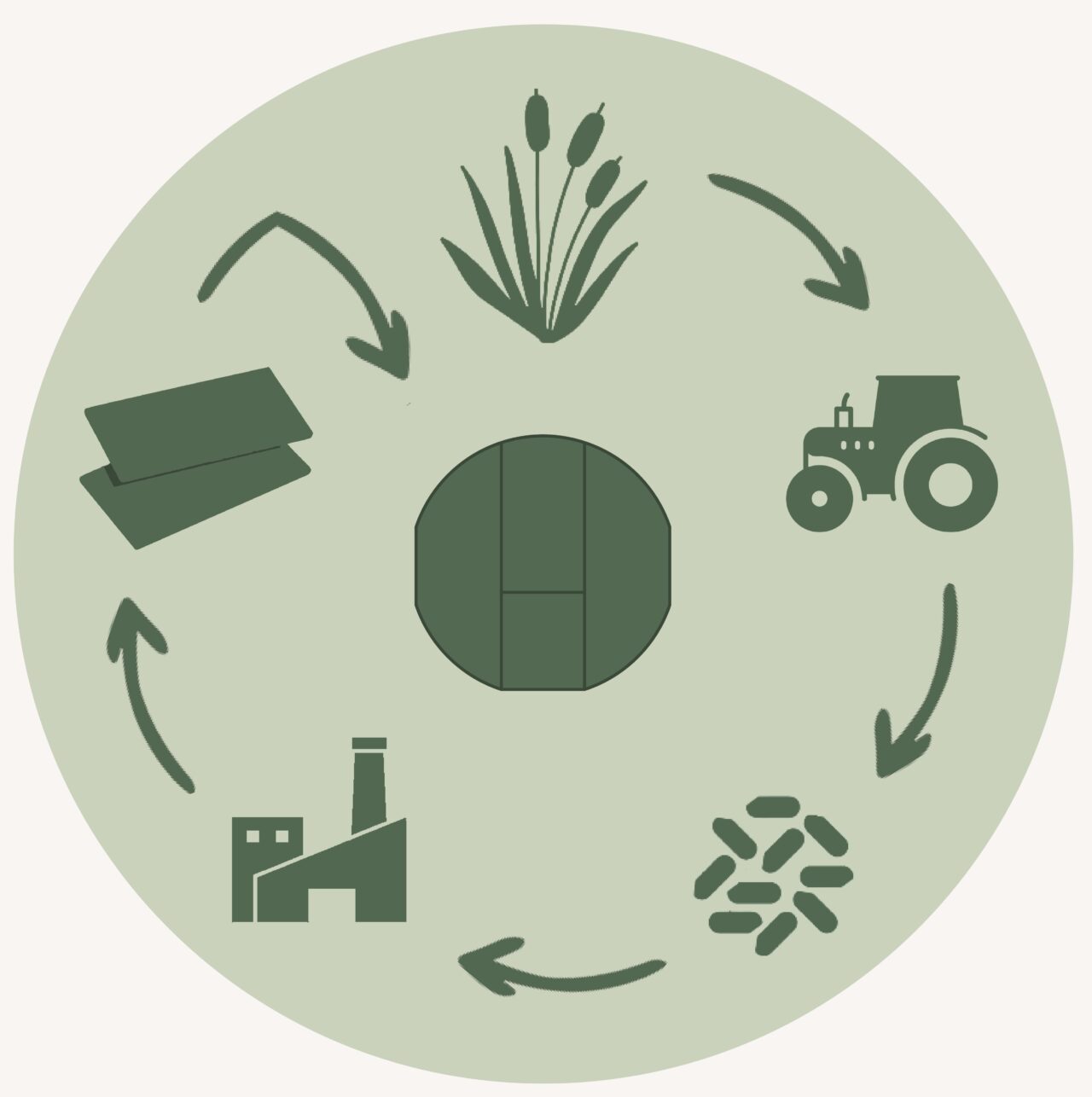
CATTAIL
Cattail grows fast by spreading underground stems with a total elapsed time from flat wasteland to towering plants with flower heads is only 62 days, cattail is a wetland plant that has been in the spotlight for its use as a biobased building material. This plant has several properties that make it suitable for different applications in the construction industry and eco-friendly building practices.
Application possibilities & efficiency:
cattail fibers have thermal insulation properties. The hollow structure of the fibers traps air, providing thermal resistance, it also offers soundproofing benefits and can be used for panels, boards and reinforcement materials.
Accessibility & sustainability:
Cattail is a renewable resource. Its fast growth cycle allows for multiple harvests per year, providing a continuous supply of material. This material could be the ideal for the Netherlands because many farms in the Netherlands are placed around wetlands. Similarly to the other materials cattail has a low environmental impact and absorbs carbon monoxide.